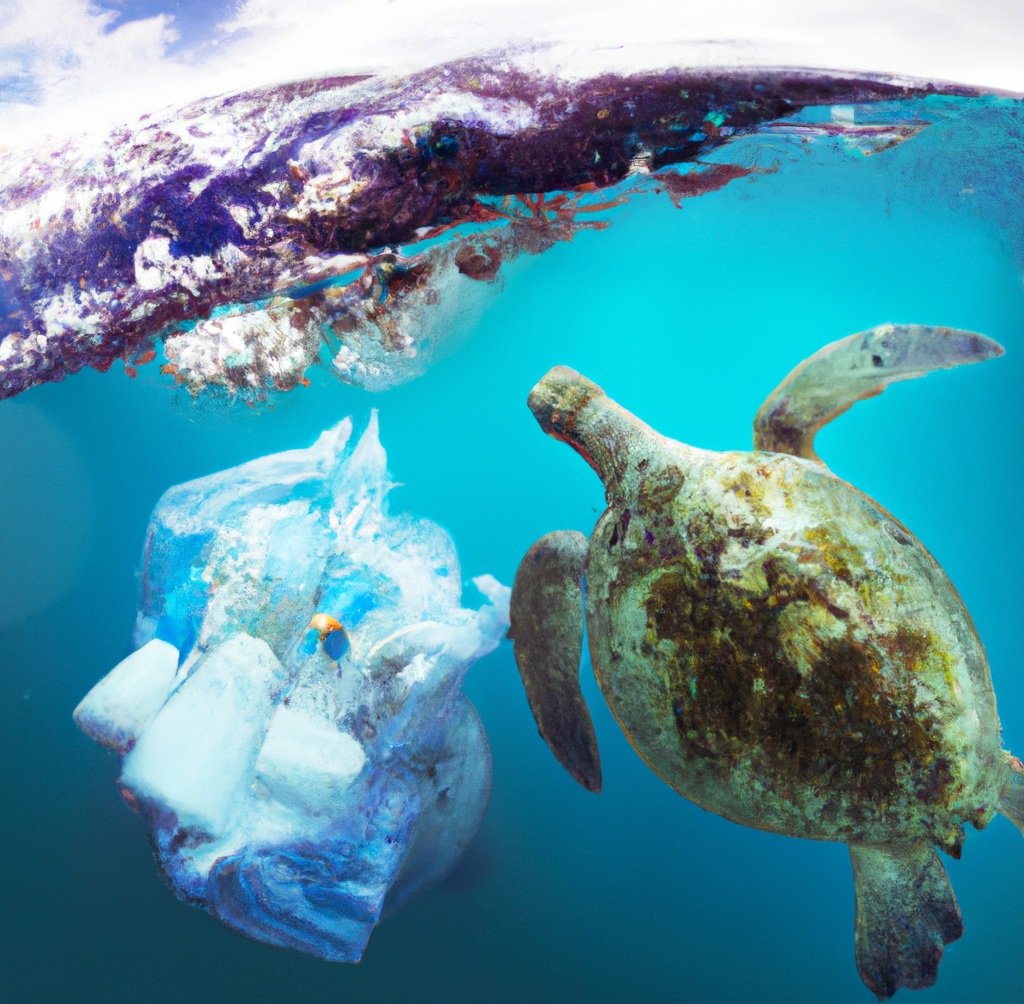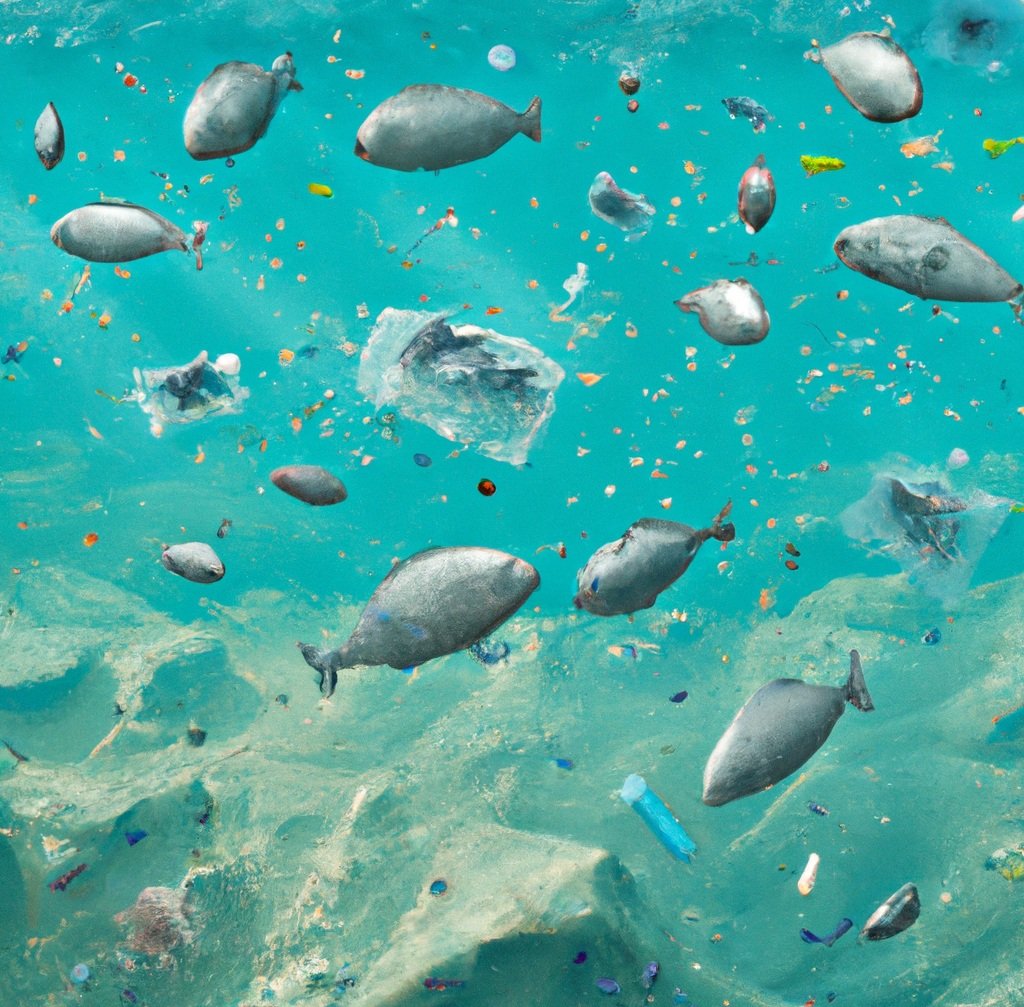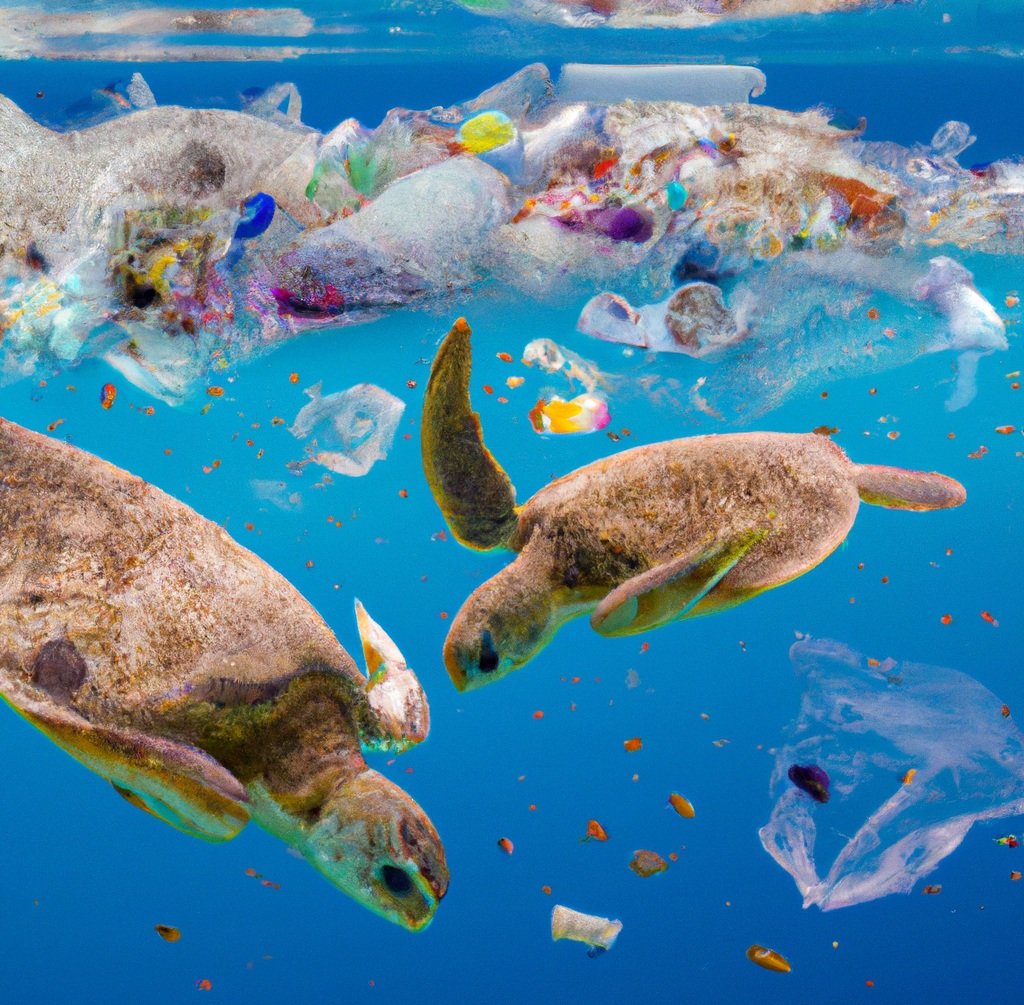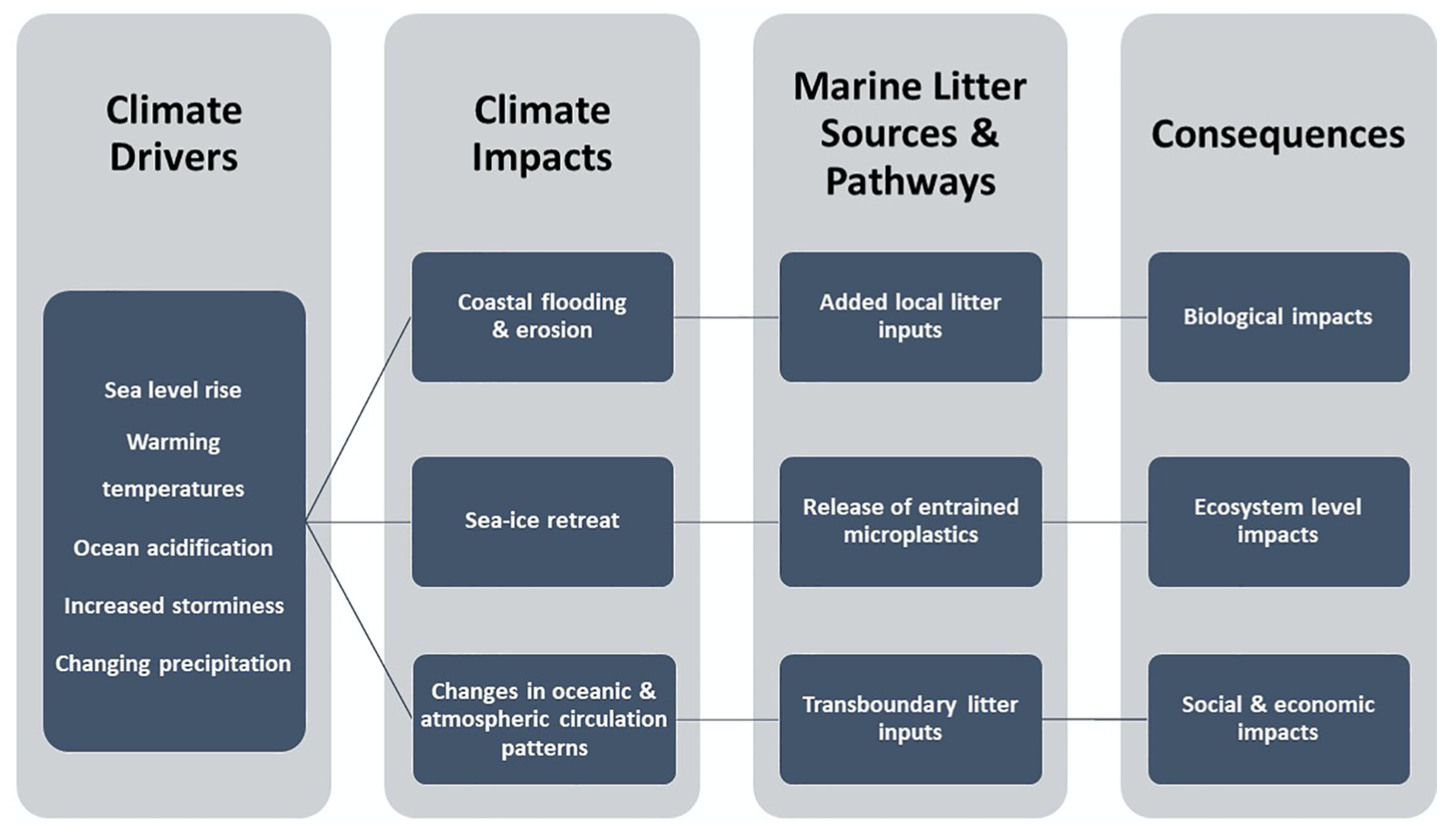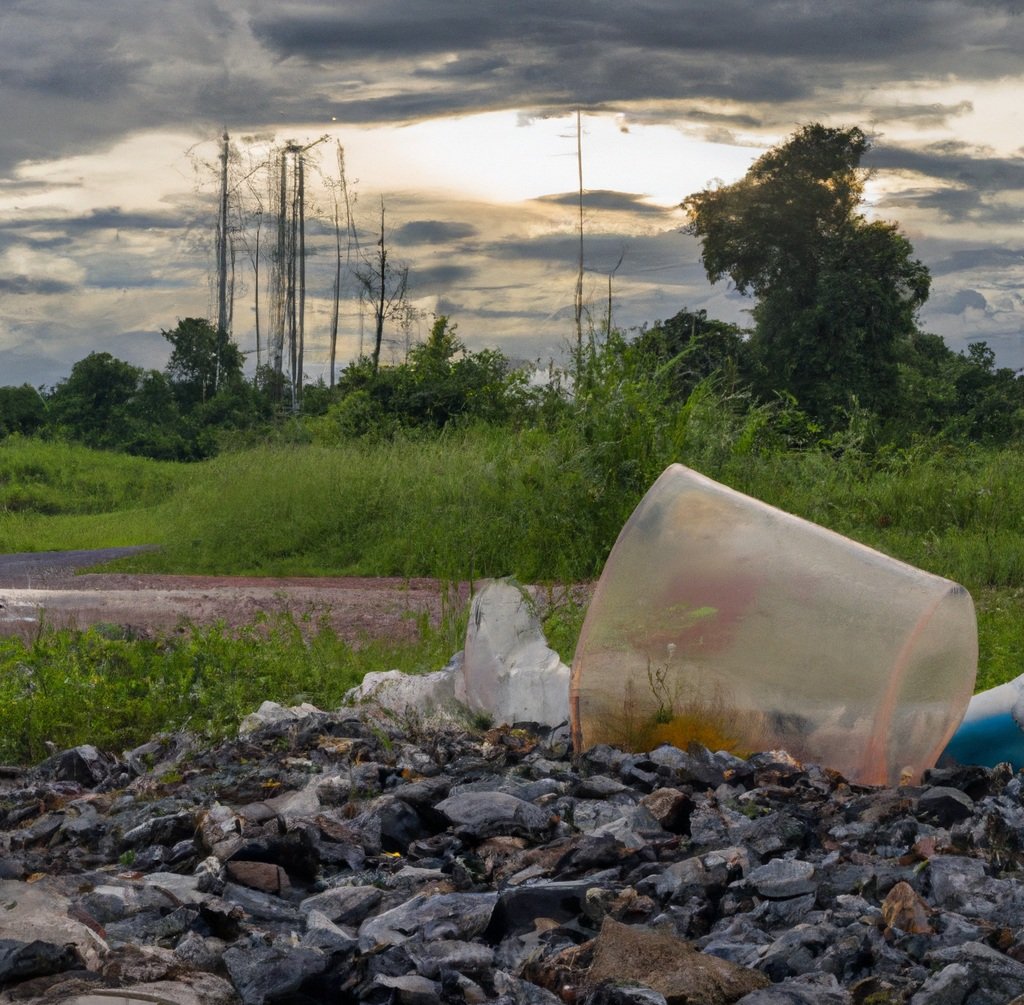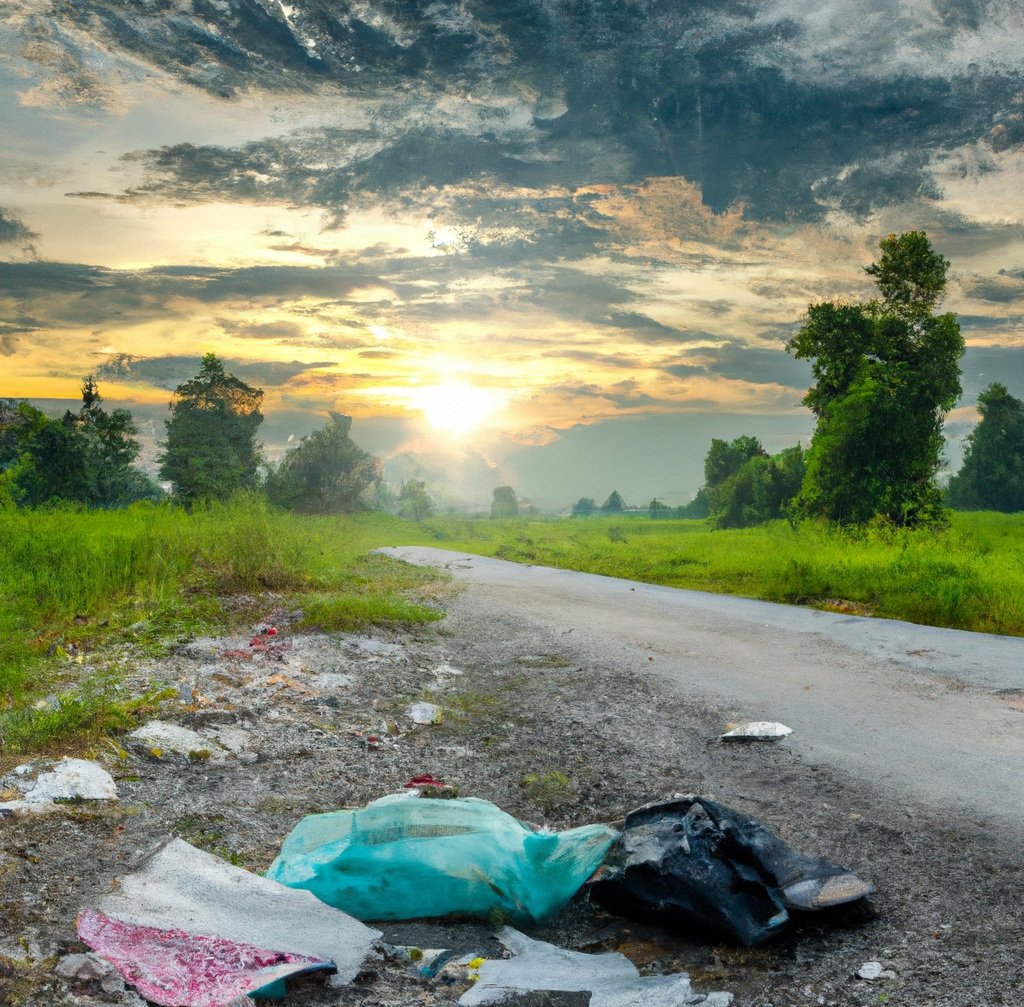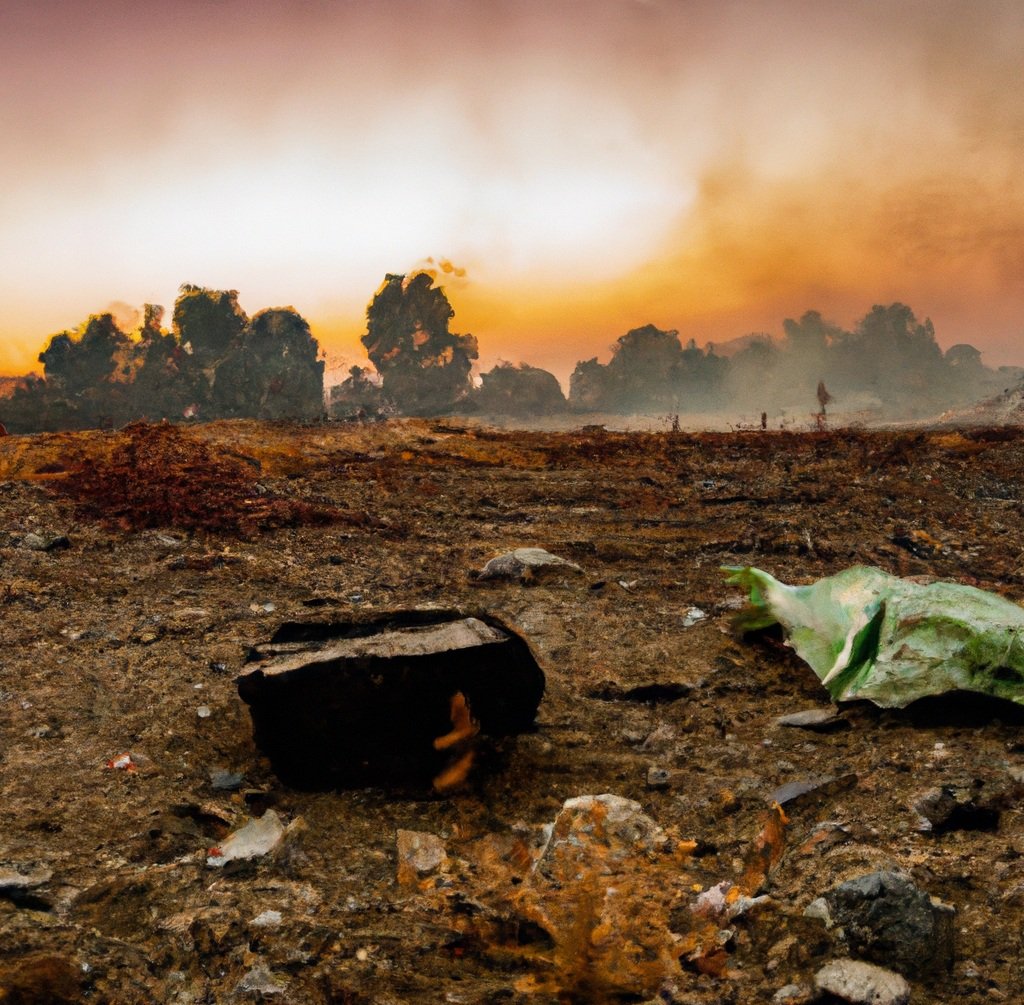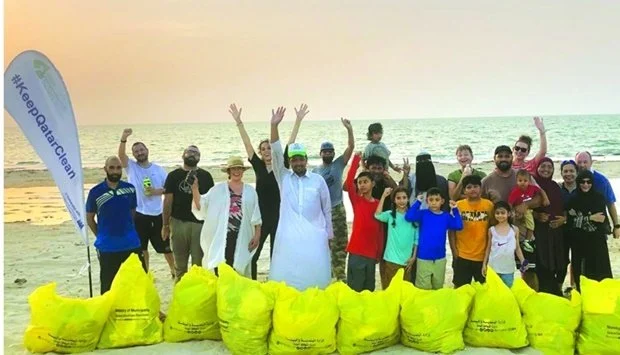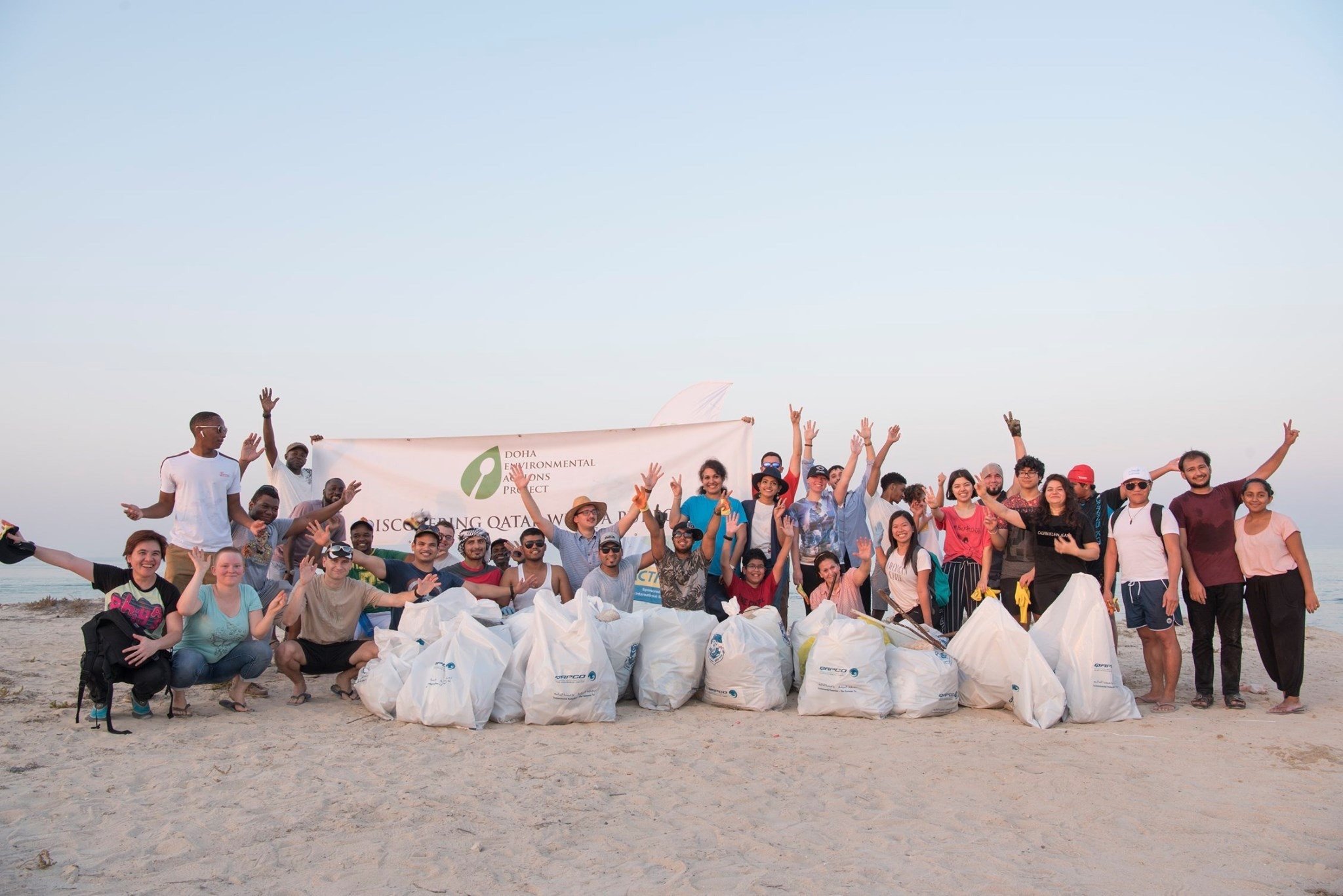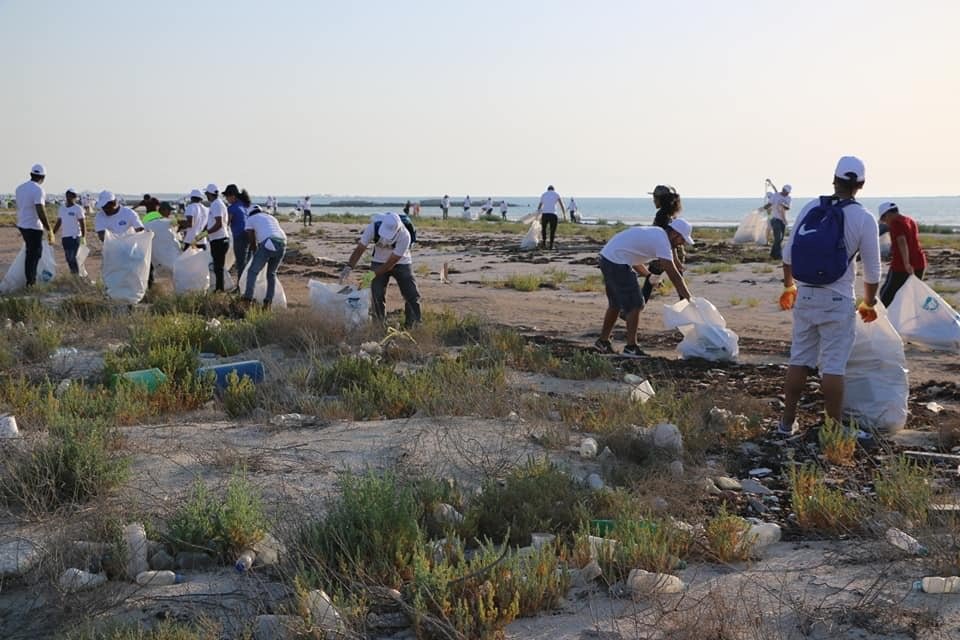Five Ways Climate Change Contributes to a Rise in Ocean Plastic
Introduction
A plastic bottle floating in the ocean may seem disconnected from rising temperatures or melting glaciers, but in reality, the two are intertwined threads of a larger, ominous tapestry.
Since 2005, an exciting surge of scientific exploration has delved into the realms of climate change and marine litter. The fascinating discoveries unearthed during this time paint a vivid picture of an intricate relationship between these two global concerns, both of growing importance and relevance to our daily lives.
Findings suggest that the global issues of climate change and marine litter are interlinked: they affect and reinforce each other in adverse and increasing ways. Understanding these connections helps manage their combined risks to marine biodiversity, ecosystems, and society as a whole. In fact, plastic debris, has been identified as an emerging environmental issue by United Nations Environmental Programme, due to its damage to marine organisms and critical habitats.
Let’s take a look at what is happening:
What is Marine Litter?
Marine litter is defined as any persistent, manufactured or processed solid material that ends up in marine and coastal environments. It consists of items made or used by people, and:
(a) deliberately discarded into the sea or rivers or on beaches;
(b) brought indirectly to the sea with rivers, sewage, storm water or winds;
(c) accidentally lost at sea; or
(d) deliberately left by people on beaches and shores.
Plastics are the largest, most harmful and most persistent fraction of marine litter, accounting for at least 85% of total marine waste. Land-based sources contribute around 80% of man-made debris in marine environments, entering either indirectly such as via rivers or wastewater systems, or directly into oceans.
Why Is This a Problem?
In the absence of interventions, at the current rate the amount of plastic waste entering aquatic ecosystems is projected to nearly triple from some 9–14 million tonnes/year in 2016 to a 23–37 million tonnes/year by 2040. Furthermore, marine litter and plastics have been acknowledged as threat multipliers as they act together with other stressors such as climate change to cause far greater damage than if they occurred in isolation.
Some of the linkages between marine plastic litter and climate change represent a direct negative feedback, such as fossil fuel-based plastics causing direct emissions of greenhouse gases through their life cycle. But other impacts of plastics include alterations in key species and habitats in coastal and marine environments caused by biodiversity coming into contact with marine litter:
Plastics cascading across marine food webs and penetrating biogeochemical cycling processes, may lead to wide-reaching and societal consequences.
Species and habitats become less resilient to extreme weather events and other manifestations of climate change, and ecosystem functions become impaired.
Climate Change Leads to Increases in Marine Litter
Examples of interaction between impact of climate change and marine litter, through changes to litter sources and pathways, and the resulting effects on marine biodiversity and ecosystems and human societies.
Man-made litter enters marine environments from land-based sources like river runoff as well as coastal cities and settlements and touristic sites, or from sea-based sources such as shipping traffic and fisheries. There is an estimated 12.7 million tonnes of anthropogenic debris entering global oceans annually, which will likely increase in the future as coastal populations continue to grow.
Here are five specific effects of climate change that are likely to augment the quantity of litter entering the marine environment:
1.Heavy Rain Storm Run-off
A warmer atmosphere holds more water vapors, and as a result, more precipitation is expected to fall as the planet warms. In turn, litter input to waterways increases during periods of heavy rainfall or storm events. Rainfall onto hard surfaces such as tarmacked roads can result in increased amounts of microplastics from road paints, tire fragments and degraded litter entering waterways via storm water systems.
A recent study conducted in Australia showed that microplastic abundance increased during two days of heavy rain from 400 particles m3 before storm event, to up to 17,383 particles m3 after the event, a 43-fold increase.
2. Sewage Systems and Landfill Sites
As more rain falls, waste water sewage systems overflow during storms, significantly increasing the quantity of plastic debris into rivers and estuaries. Also, historic landfill sites are another source of marine litter as they are commonly found on low-lying flood or coastal plains.
While these features make them accessible and affordable, such landfill sites are highly susceptible to flooding and erosion: in the United Kingdom, for example, there are more than 1,200 historic landfills in low-lying coastal areas with many in close proximity to designated environmental sites or in/near areas influencing bathing water quality.
3. Sea Level Rise and Coastal Erosion
Unsurprisingly, sea level rise leads to coastal erosion, landfill spill-over, and unfortunately the exhumation of previously buried plastic litter on beaches. Furthermore, the erosion of coastal dune vegetation, together with the retreat of sea ice, are expected to release vast amounts of plastic particles back into circulation in the ocean. This is because smaller plastic particles trapped in sediments are more likely to be released back into the water as coastlines retreat, contributing additional quantities of litter.
4. Extreme Weather Events
While the overall number of tropical cyclones per year has not changed, climate change has increased the occurrence of the most intense and destructive storms. Also, extreme rainfall from tropical cyclones has increased substantially, in line with rainfall from other sources.
“So what?” you ask? Cyclones and storm surges associated with tropical cyclones usually transport large amounts of pollutants from the mainland into the marine environment, or from further offshore into coastal areas. Some types of debris are known as ‘cyclone-dependent’, meaning the actual quantity produced is closely linked to the occurrence and strength of cyclones, including sheets, building material, and electrical equipment: all sizable, man-made debris that unfortunately ends up in the marine environment.
5. Ocean Circulation and Changes in Currents
It comes as no surprise that litter does not stay in one place. Once in the water, it is transported across oceans by winds and currents, whose direction and seasonality affect where litter congregates in the oceans and along various coastlines.
As an example, a recent study found that marine litter tends to accumulate on the coast of Qatar, drifted by winds and currents in the Persian Gulf. These forces modulate the transport of the mismanaged marine litter that originate from nearby countries. In particular, the seasonal stronger northwest Shamal winds and associated currents enable a quicker transport, and have been found to be exacerbated by human activity and climate change.
Such examples of transboundary marine litter management are becoming common, yet difficult to tackle. This is where efforts such as those by DeapQatar Conservation (formerly known as as Doha Environmental Actions Project) thankfully come in. Led by Jose Saucedo since 2017, in the past few years DeapQatar Conservation has removed more than 27 tonnes of trash from nature, mobilizing over 23,000 volunteers and performing educational awareness presentations to thousands of students across the country. Whether with their bare hands, litter grabbers, or some other tools, volunteers regularly remove trash from Qatar’s beaches, rawdas, sand dunes, mangroves, and heritage sites since the project started.
Conclusion
Undoubtedly, litter undermines the resilience of ecosystems to climate change. Marine fauna suffers as a result of unmitigated ocean plastic: whether it’s turtles getting tied in fishing lines and gear, or seabirds inadvertently and lethally feeding pieces of plastic to their young ones, the effect of a rise of ocean plastic has been disastrous.
Rising temperatures and the rise in marine litter underscore the urgent need for awareness, education, and ultimately decisive action. Initiatives like Deap Qatar, or The Ocean Cleanup are essential examples of what humans can do to try and reverse this trend. The detrimental impact on marine biodiversity and the overall health of our oceans demands immediate attention.
Better education is the start, and plays a fundamental first role in empowering individuals and communities to make informed choices that contribute to a better future, less exploitative and better aligned to nature. By equipping people with the knowledge of how their daily actions can exacerbate or mitigate the issue, we pave the way for a more environmentally conscious society.
But that is just one part of it. Awareness alone is insufficient without concrete action. Ideally, governments, businesses, and individuals will learn to collaborate to implement and support policies that reduce plastic consumption, enhance waste management systems, and create a true circular economy.
The preservation of biodiversity and the well-being of our oceans are at stake. As stewards of this planet, it is our responsibility to recognize that the root causes of marine litter are on land. Then, by fostering a culture of awareness, education, and collective action, we can reverse the tide of plastic pollution and safeguard the delicate ecosystems that depend on healthy oceans for their survival. The time to act is now, for the sake of our planet and future generations.
Sources:
Andriolo, Umberto, and Gil Gonçalves. “Is Coastal Erosion a Source of Marine Litter Pollution? Evidence of Coastal Dunes Being a Reservoir of Plastics.” Marine Pollution Bulletin, vol. 174, Jan. 2022, p. 113307, https://doi.org/10.1016/j.marpolbul.2021.113307.
Brand, James H., et al. “Potential Pollution Risks of Historic Landfills on Low-Lying Coasts and Estuaries.” Wiley Interdisciplinary Reviews: Water, vol. 5, no. 1, 16 Nov. 2017, p. e1264, https://doi.org/10.1002/wat2.1264.
“Deap Qatar Holds Beach Clean-up Drives All Year Round.” Gulf Times, 14 Aug. 2022, www.gulf-times.com/story/722659/deap-qatar-holds-beach-clean-up-drives-all-year-round.
Gandhi, K. Sanjai, et al. “Distribution of Plastic Litter in Beach Sediments of Silver Beach, Cuddalore, during Nivar Cyclone – a First Report.” Marine Pollution Bulletin, vol. 172, Nov. 2021, p. 112904, https://doi.org/10.1016/j.marpolbul.2021.112904.
Hitchcock, J.N., 2020. Storm events as key moments of microplastic contamination in aquatic ecosystems. Sci. Total Environ. 734, 139436. 10.1016/j.scitotenv.2020.139436
Lincoln, Susana, et al. “Marine Litter and Climate Change: Inextricably Connected Threats to the World’s Oceans.” Science of the Total Environment, vol. 837, 4 May 2022, p. 155709, www.sciencedirect.com/science/article/pii/S0048969722028054, https://doi.org/10.1016/j.scitotenv.2022.155709.
UNEP. “From Pollution to Solution: A Global Assessment of Marine Litter and Plastic Pollution.” UNEP - UN Environment Programme, 20 Oct. 2021, www.unep.org/resources/pollution-solution-global-assessment-marine-litter-and-plastic-pollution.
Veerasingam, S., Al-Khayat, J.A., Aboobacker, V.M., Hamza, S., Vethamony, P., 2020. Sources, spatial distribution and characteristics of marine litter along the west coast of Qatar. Mar. Pollut. Bull. 159, 111478.
Verlis, K.M., et al. “Ingestion of Marine Debris Plastic by the Wedge-Tailed Shearwater Ardenna Pacifica in the Great Barrier Reef, Australia.” Marine Pollution Bulletin, vol. 72, no. 1, July 2013, pp. 244–249, https://doi.org/10.1016/j.marpolbul.2013.03.017. Accessed 28 Feb. 2019.
World Bank: Sand and Dust Storms in the Middle East and North Africa (MENA) Region: Sources, Costs, and Solutions. 2019.

